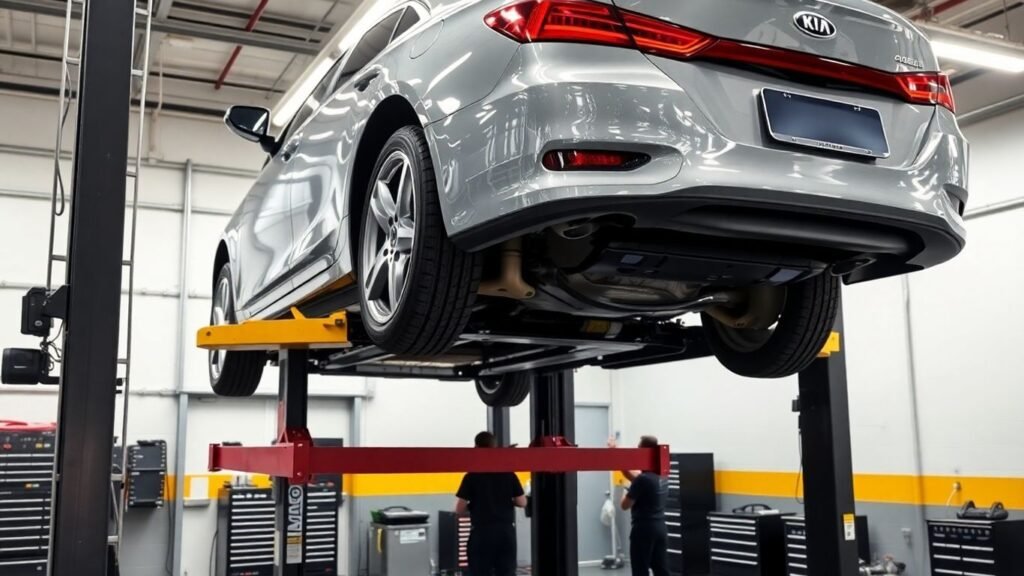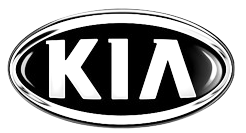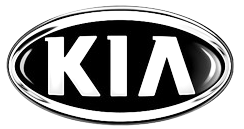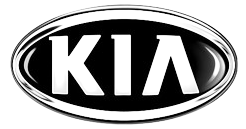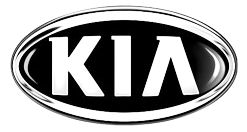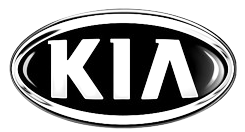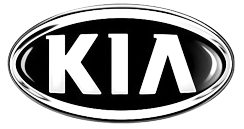So, you’ve got a Kia, maybe even a newer model that feels pretty fancy. But what happens when something breaks? The thought of expensive repairs for a car that’s supposed to be a good deal can be a real bummer. It’s easy to think that keeping a nice car on the road means big repair bills, but that’s not always the case. In fact, with Kia, and especially by knowing where to look for parts, you can keep those luxury repairs affordable. We’re talking about how Kia wreckers make luxury repairs affordable for your vehicle, making ownership way less stressful.
Key Takeaways
- Kia parts are generally cheaper than many other car brands, even luxury ones. This is because Kia makes a lot of cars and parts all over the world, which lowers the cost.
- You have options when you need a part: genuine Kia parts or aftermarket ones. Genuine parts are made specifically for your car and usually last longer, while aftermarket parts can sometimes be cheaper but might not fit as well or last as long.
- Saving money on Kia maintenance isn’t just about cheap parts. It’s also about taking advantage of deals at dealerships, doing regular upkeep to avoid bigger problems, and comparing prices between dealerships and independent mechanics.
- Kia wreckers, also known as salvage yards, are a great place to find used Kia parts. These parts are often in good condition and much cheaper than new ones, which really helps lower the cost of fixing your car, especially if it’s a nicer model.
- Choosing Kia means you’re likely to spend less on repairs over time. Their parts are widely available, they tend to last a good while, and the company stands behind its engineering with a solid warranty.
Understanding Kia’s Affordable Repair Landscape
Why Kia Parts Remain Cost-Effective
It’s a common misconception that owning a car with a bit of a premium feel automatically means expensive upkeep. With Kia, that’s just not the case. A big reason for this is Kia’s massive global production setup. They build a ton of cars and parts, and when you make that many of something, the cost per unit goes down. Think of it like buying in bulk – it’s just cheaper. Plus, Kia has been around and selling cars in big numbers for a while now, so their parts are everywhere. You can find them at dealerships, independent shops, and even online pretty easily. This wide availability keeps prices competitive. Kia’s commitment to making reliable cars also plays a huge role; their parts are designed to last, meaning you won’t be replacing them as often as you might with some other brands.
Comparing Kia Repair Costs to Competitors
When you look at what it costs to keep different cars running, Kia often comes out looking pretty good. While brands like Toyota and Honda are also known for being easy on the wallet when it comes to repairs, Kia is right there with them. Some sources even show Kia repairs being less expensive than those for Honda or Toyota on average. Now, compare that to American brands like Ford or Chevrolet, and the difference can be quite noticeable. You’re generally looking at significantly lower annual repair bills with a Kia than with many domestic competitors.
| Brand | Average Annual Repair Cost (USD) |
|---|---|
| Kia | $474 |
| Toyota | $441 |
| Honda | $428 |
| Hyundai | $468 |
| Ford | $775 |
| Chevrolet | $649 |
It’s not just about the price of the part itself, but also how often you need to replace it and how much labor costs. Kia seems to hit a sweet spot where parts are reasonably priced, they tend to last, and most mechanics are familiar with working on them.
The Value of Kia’s Engineering and Warranty
Kia really stands behind its vehicles. They put a lot of effort into engineering cars that are built to last. This isn’t just marketing talk; it’s reflected in things like their impressive warranty. The 10-year or 100,000-mile powertrain warranty is a big deal. It shows they have confidence in the durability of their engines and transmissions. This means that for the average owner, major component failures are less likely, and when they do happen within that warranty period, the cost to you is minimal. It’s a clear sign that the engineering is solid, which translates to fewer unexpected, expensive repairs down the road.
Navigating Genuine vs. Aftermarket Kia Parts
When it comes to fixing up your Kia, especially if you’re aiming for that luxury feel without the luxury price tag, you’ll run into a choice: genuine Kia parts or aftermarket ones. It’s not always a clear-cut decision, and understanding the difference can save you a headache and some cash down the road.
The Benefits of Original Equipment Manufacturer Parts
Genuine Kia parts, often called OEM (Original Equipment Manufacturer) parts, are made by Kia or by companies that Kia has specifically contracted to produce parts for their vehicles. Think of them as the same parts that went into your car when it was brand new. This means they’re designed to fit perfectly and meet Kia’s exact quality standards. When you use OEM parts, you’re pretty much guaranteed that they’ll work as intended, maintaining the original performance and safety of your vehicle. Plus, many genuine Kia parts come with their own warranty, which can offer some peace of mind if something goes wrong.
When Aftermarket Parts Might Be Suitable
Aftermarket parts are made by companies other than Kia. The big draw here is usually price. You can often find an aftermarket part for less than its genuine counterpart. For some things, like a basic air filter or wiper blades, an aftermarket option might be perfectly fine. However, the quality can really vary. Some aftermarket parts are made to high standards, while others might be a bit of a gamble. It’s important to do your homework and stick with reputable brands if you go this route. For more complex or critical components, like engine parts or transmission pieces, the risk of using a lower-quality aftermarket part might not be worth the initial savings.
Ensuring Optimal Performance with OEM Components
For those repairs that aim to restore or maintain that luxury feel and performance Kia is known for, sticking with OEM components is generally the safer bet. While they might cost a little more upfront, the reliability and perfect fit often mean fewer issues down the line. It’s about getting the most out of your Kia without unexpected problems cropping up. When you’re trying to make repairs affordable, but still want that high-quality experience, choosing genuine parts is a smart way to go.
Choosing the right parts is a balancing act. While aftermarket can seem tempting for immediate savings, genuine OEM parts often provide better long-term value and performance, especially for critical systems. It’s about making an informed decision that aligns with your repair goals and budget.
Strategies for Maximizing Savings on Kia Maintenance
Keeping your Kia running smoothly doesn’t have to break the bank. There are definitely smart ways to keep those repair bills in check, even if you’ve got a more upscale model. It’s all about being a bit savvy with where and how you get your car serviced.
Leveraging Dealership Specials and Promotions
Lots of Kia dealerships, especially the bigger ones, run special deals on service and parts. It’s worth checking their websites or giving them a call before you book anything. You might find discounts on oil changes, tire rotations, or even seasonal check-ups. Sometimes they have package deals that bundle a few services together for less than doing them separately. Don’t underestimate the power of a coupon or a limited-time offer.
The Role of Preventative Maintenance
This is a big one, honestly. Sticking to your Kia’s recommended maintenance schedule is probably the single best way to save money down the road. Think of it like going to the doctor for regular check-ups instead of waiting until you’re really sick. Simple things like regular oil changes, checking your tire pressure, and getting your brakes inspected can catch small issues before they turn into major, expensive problems. It’s way cheaper to replace a worn belt than to deal with the engine damage it could cause if it snaps.
Taking care of your car proactively saves you headaches and cash. It’s not just about following a list; it’s about understanding that small, regular investments in maintenance prevent large, unexpected repair bills later on. Your Kia will thank you with reliability and fewer trips to the mechanic.
Comparing Service Costs: Dealerships vs. Independent Shops
This can be a tricky one. Dealerships have certified technicians who know your Kia inside and out, and they use genuine parts. That’s great for peace of mind, but it often comes with a higher price tag. Independent mechanics, on the other hand, might offer lower labor rates. However, you’ll want to make sure they have a good reputation and experience with Kias specifically. Sometimes, a slightly higher cost at a dealership for a complex repair can save you money in the long run if they get it right the first time, avoiding repeat visits.
Here’s a general idea of what you might expect:
| Service Type | Dealership Estimate (USD) | Independent Shop Estimate (USD) |
|---|---|---|
| Oil Change | $60 – $100 | $40 – $70 |
| Brake Pad Replacement | $300 – $500 | $250 – $400 |
| Tire Rotation | $40 – $75 | $30 – $50 |
| Battery Replacement | $150 – $250 | $120 – $200 |
Keep in mind these are just rough figures, and prices can vary a lot based on your location and the specific model of your Kia.
The Advantage of Kia Wreckers for Luxury Repairs

Accessing Quality Used Parts from Wreckers
When your Kia needs a repair, especially something that might feel a bit more high-end, thinking about where the parts come from is smart. Kia wreckers, also known as salvage yards or auto recyclers, are a goldmine for finding components that are still in good shape but cost way less than brand new. These places take in vehicles that are no longer drivable, often due to accidents or age, and carefully remove usable parts. This means you can often find things like engines, transmissions, body panels, or even interior pieces for a fraction of the dealer price. It’s a fantastic way to get your Kia back in top condition without breaking the bank.
How Wreckers Contribute to Affordable Luxury Fixes
So, how does this help with those
The Economic Benefits of Choosing Kia

Kia’s Global Supply Chain and Economies of Scale
When you pick a Kia, you’re tapping into a massive global operation. Kia has some of the biggest car factories out there, and they make a ton of cars and parts. This huge scale means they can produce everything for less money. Think about it like buying in bulk – the more you make, the cheaper each individual piece becomes. This efficiency trickles down, making parts and repairs generally more affordable compared to brands that don’t have that kind of manufacturing power.
Widespread Parts Availability and Competitive Pricing
Because Kias are so common on the road, finding parts isn’t usually a headache. You can find them at dealerships and lots of other places, which keeps prices in check. It’s not like needing a super rare part for a niche luxury car; Kia parts are generally easy to get your hands on. This wide availability means shops can stock them, and competition among suppliers helps keep prices down. This makes routine maintenance and even bigger fixes much easier on your wallet.
Longer Part Lifespan and Reduced Replacement Frequency
Kia puts a lot of effort into making their cars last. They engineer parts to be durable, meaning they often don’t need replacing as often as you might expect. This commitment to quality means you might find yourself visiting the mechanic less for the same types of repairs that other cars need. Plus, Kia backs this up with a pretty solid warranty, showing they stand by the longevity of their vehicles.
It’s not just about the initial purchase price; thinking about how much a car costs to keep running over the years is super important. Kia seems to have figured out a good balance between building cars that are nice to drive and also don’t break the bank when something needs fixing or replacing.
| Component | Average Cost (USD) | Average Cost (CAD) |
|---|---|---|
| Oil Filter | $15 – $30 | $20 – $40 |
| Air Filter | $25 – $50 | $35 – $65 |
| Front Brake Pads | $150 – $300 | $200 – $400 |
| Battery Replacement | $120 – $250 | $160 – $335 |
The Takeaway: Keep Your Kia Running Smoothly Without Breaking the Bank
So, when it comes down to it, keeping your Kia in great shape doesn’t have to cost a fortune. We’ve seen how Kia’s smart manufacturing and wide parts availability really help keep things affordable. Plus, their cars are built pretty tough, meaning fewer surprise trips to the mechanic. Even when you do need a part or a repair, it’s generally way less than what you’d pay for some other brands. It’s good to know that you can get quality repairs and genuine parts without emptying your wallet. So, don’t sweat those potential repair bills too much – your Kia is designed to be a smart, long-term investment.

